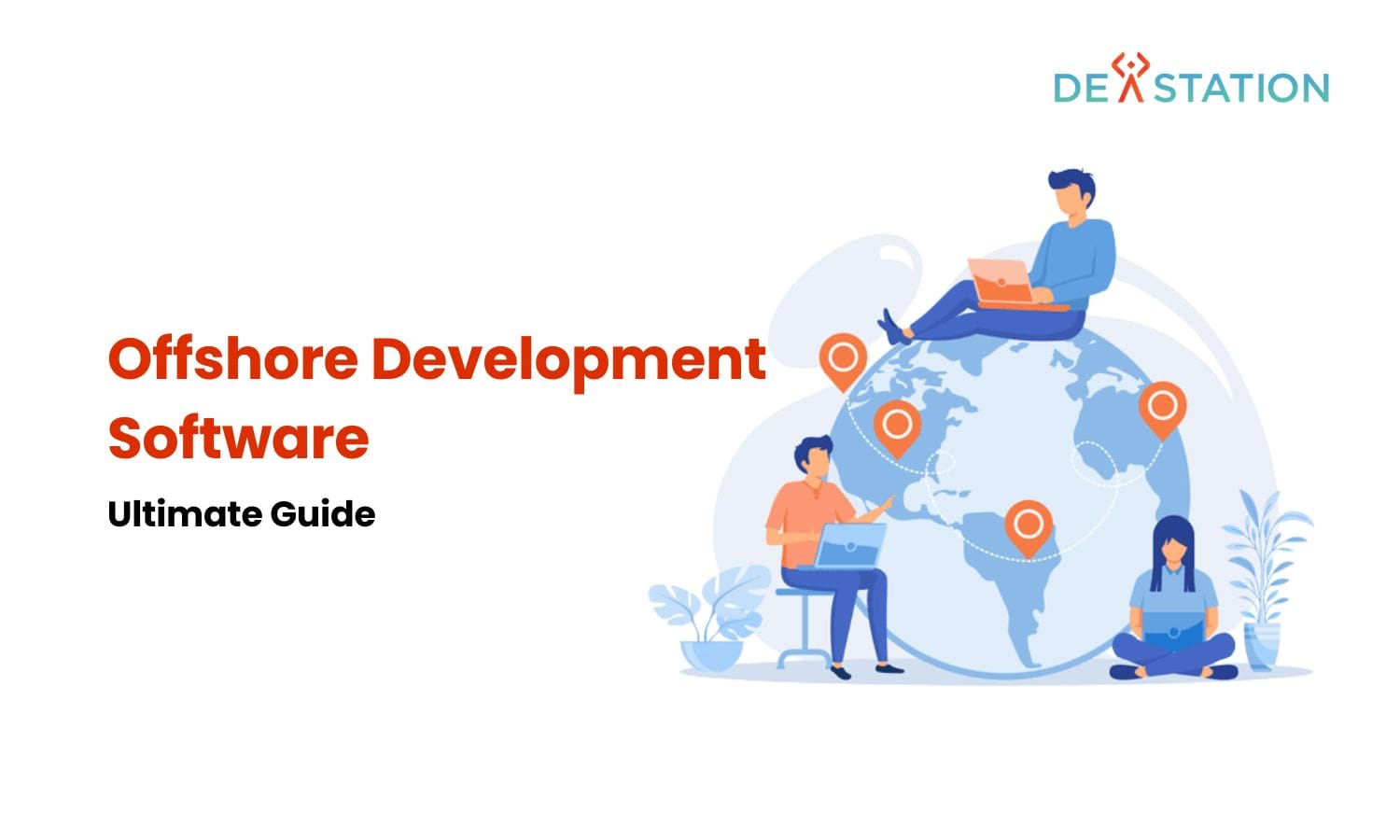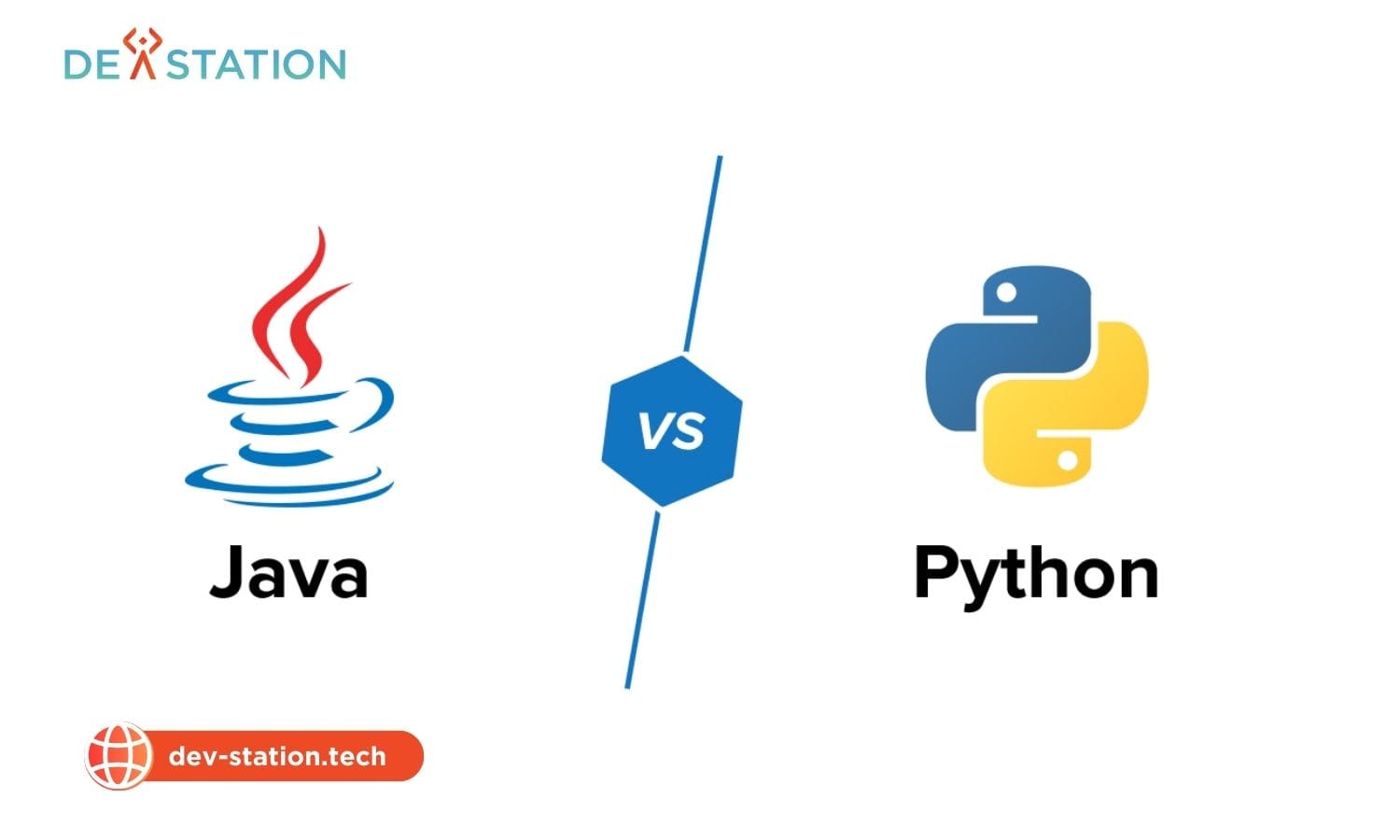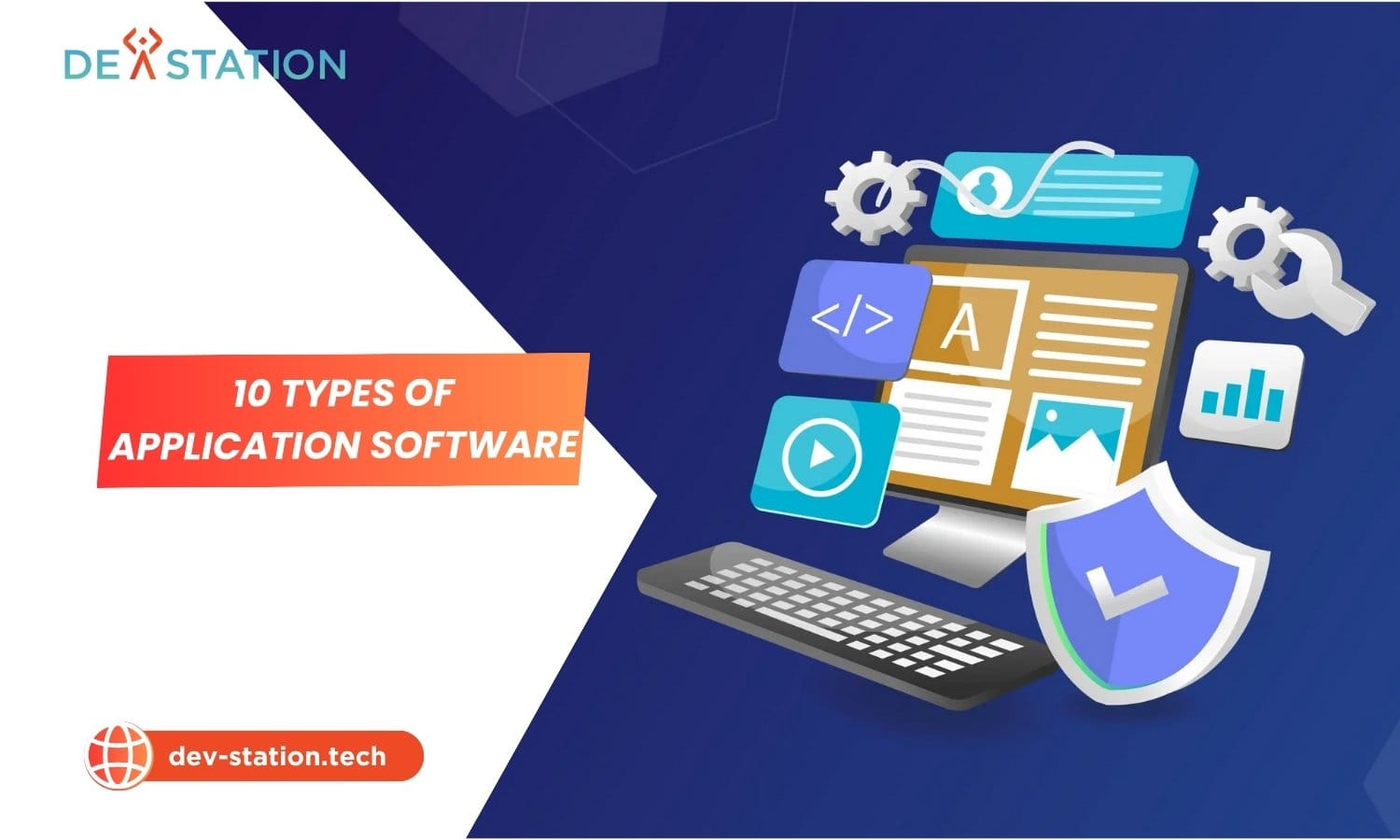Global enterprises now leverage cross-border technical partnerships to drive innovation and efficiency. With the IT outsourcing market projected to reach $425 billion by 2026, organizations increasingly rely on specialized teams to execute complex projects. This guide reveals how modern businesses transform operations through strategic collaboration models.
What began as a cost-saving tactic has evolved into a method for accessing elite expertise and advanced tools. Over 60% of U.S. firms report improved product quality when working with global specialists. Leading companies now view these partnerships as growth accelerators rather than temporary solutions.
Current trends show a 22% annual increase in demand for specialized technical services. Industries from healthcare to finance achieve faster time-to-market by integrating external talent pools. Misconceptions about time zones or communication barriers often fade when structured workflows are implemented.
This resource breaks down collaboration frameworks, from project-based outsourcing to establishing dedicated teams. You’ll learn how alignment in goals, cultural compatibility, and technology choices determine success. Practical evaluation criteria help decision-makers choose partners that match their operational needs.
Whether scaling operations or launching new products, understanding these dynamics empowers businesses to compete effectively. The following sections provide actionable strategies for optimizing technical partnerships in today’s interconnected economy.
Contents
ToggleUnderstanding Offshore Development Software
Accessing global talent pools allows organizations to overcome local resource limitations and drive innovation. This approach transforms how companies execute technical initiatives by combining specialized skills with operational flexibility.
Defining the Offshore Software Development Model
This collaborative framework connects businesses with external teams in geographically distant regions. Unlike conventional methods, it breaks physical barriers to tap into expertise that may not exist domestically. Companies maintain control over strategic decisions while partners handle execution.
Modern engagements vary from short-term projects to ongoing alliances. Key advantages include access to niche technical capabilities and methodologies that accelerate timelines. For example, a U.S.-based fintech firm might partner with experts in Eastern Europe to implement blockchain solutions unavailable locally.
| Aspect | Offshore Model | Traditional In-House |
|---|---|---|
| Talent Access | Global specialists | Local team members |
| Cost Efficiency | Reduced operational expenses | Higher salary expenditures |
| Project Scope | Scalable resources | Fixed internal capacity |
| Collaboration | Partnership-driven approach | Direct oversight |
Successful implementations rely on aligned objectives and transparent communication. Rather than a transactional arrangement, this model thrives on mutual growth and knowledge exchange. Businesses optimize their internal focus while external teams deliver technical excellence.
The Evolution of Offshore Software Development
Cross-border technical collaboration has undergone radical transformation since its inception. What began as a tactical solution for budget-conscious organizations now drives innovation across industries. This shift reflects changing priorities in how businesses approach technical execution and strategic growth.
Historical Advances and Global Trends
Early adopters in the 1990s primarily used external teams for basic system maintenance. By the 2000s, organizations recognized the potential for more complex projects. Tech giants like Microsoft and Cognizant pioneered dedicated partnership models that combined cost efficiency with specialized skills.
Modern engagements focus on strategic value creation rather than simple task completion. A 2023 industry survey revealed that 78% of enterprises now view these collaborations as essential for accessing cutting-edge capabilities. This aligns with the growing demand for expertise in fields like AI and blockchain solutions.
| Era | Primary Focus | Key Technologies | Major Players |
|---|---|---|---|
| 1990s-2000s | Cost reduction | Legacy systems | Early adopters |
| 2010s-Present | Strategic innovation | AI/ML, Cloud | Google, Apple |
Market Statistics and Future Projections
The global market for technical partnerships is projected to reach $283 billion by 2031, growing at 10.13% annually. This expansion reflects increased adoption across sectors from healthcare to financial services. Over 60% of Fortune 500 firms now maintain permanent external tech teams.
Emerging trends indicate a stronger focus on niche specializations rather than general coding services. Businesses increasingly seek partners with expertise in specific frameworks or regulatory environments. As digital transformation accelerates, these collaborations will likely become central to maintaining competitive advantage.
Benefits of Offshore Development Software
Global collaboration models now deliver dual advantages: reduced expenses and elite talent access. Organizations achieve both financial efficiency and technical excellence through well-structured alliances. This approach solves two critical challenges – budget constraints and skill shortages – in one strategic move.
Financial Efficiency Meets Specialized Expertise
Companies save 40-55% on technical projects compared to domestic hiring. For example, Mexican engineers often deliver similar quality at half the cost of U.S. counterparts. These savings come from:
| Cost Factor | Domestic Teams | Global Teams |
|---|---|---|
| Hourly Rates | $90-$150 | $35-$75 |
| Infrastructure | Full office setup | Remote work ready |
| Recruitment | 6-12 weeks | 2-4 weeks |
Beyond money matters, businesses tap into rare technical skills. Eastern European specialists lead in blockchain solutions, while Asian teams excel in AI implementations. This diversity helps companies tackle niche projects that local teams might struggle with.
The model also reduces operational risks. By working across multiple regions, organizations avoid dependency on single markets. One Fortune 500 CTO noted: “Our global network became our safety net during recent supply chain crises.”
Scalability proves equally valuable. Teams can expand or shrink within days to match project needs. This flexibility keeps companies agile in fast-changing markets while maintaining quality standards.
Comparing Offshore, Onshore, and Nearshore Models

Choosing the right collaboration framework requires balancing costs, expertise, and operational needs. Three primary approaches dominate modern technical partnerships: onshore, nearshore, and offshore models. Each offers distinct advantages depending on project scope and organizational priorities.
Key Differences and Considerations
Onshore partnerships work best when face-to-face interaction matters. Teams in the same country share time zones and cultural norms, simplifying communication. However, premium pricing often limits this option to short-term projects or highly regulated industries like healthcare.
Nearshore solutions bridge cost and convenience. Partnering with neighboring countries maintains 2-4 hours of time zone overlap while reducing expenses by 30-40%. For US companies, Latin American teams provide this balance – offering Spanish/English fluency and similar work rhythms.
The offshore approach delivers maximum talent access and cost efficiency. Specialists in Eastern Europe or Asia handle complex projects at competitive rates. Successful implementations require:
- Structured documentation practices
- Overlapping core working hours
- Cultural sensitivity training
| Factor | Onshore | Nearshore | Offshore |
|---|---|---|---|
| Cost Difference | 0% | -35% | -55% |
| Time Zone Match | Full | Partial | Limited |
| Talent Pool Size | Local | Regional | Global |
Budget-conscious startups often favor offshore models for scalable resources, while enterprises may combine approaches. One tech director notes: “We use nearshore teams for daily collaboration and offshore specialists for niche coding tasks.”
How Offshore Software Development Works
Structured processes power effective global technical partnerships. Three phases form the backbone of successful engagements: preparation, setup, and active execution. Each stage ensures alignment between business objectives and technical delivery.
The preparation phase starts with defining project scope and skill requirements. Companies analyze technical needs and identify regions with specialized expertise. This groundwork helps match projects with teams possessing niche capabilities in areas like AI integration or cloud architecture.
During setup, legal frameworks and infrastructure come into focus. Organizations establish secure communication channels and collaborative tools like Jira or Slack. Cultural alignment initiatives ensure teams share workflows despite geographical separation.
Active execution involves daily collaboration through:
- Milestone-driven sprints with clear deliverables
- Quality checks integrated into each development cycle
- Regular sync-ups during overlapping work hours
Project management adapts to maintain momentum across time zones. Teams implement rigorous testing protocols and version control systems like Git. One tech leader noted: “Our global partners became seamless extensions of our in-house staff within three months.”
Transparent reporting keeps stakeholders informed through dashboards tracking code commits and bug resolution rates. This approach turns geographical diversity into an operational advantage rather than a barrier.
Outsourced Software Development Services Overview

Modern businesses access specialized technical capabilities through structured service portfolios. These solutions bridge skill gaps while maintaining operational agility. Three core offerings dominate today’s landscape, each addressing distinct organizational needs.
Custom Software, Dedicated Teams, and Cloud Solutions
Tailored applications solve unique business challenges. Providers create web, mobile, and desktop tools aligned with specific workflows. A retail chain might commission an inventory management system that integrates with existing POS terminals.
Dedicated teams function as extensions of in-house staff. These groups typically include coders, interface designers, and testing experts. They adopt company culture while delivering focused results. One logistics firm reported 40% faster project completion after onboarding a 12-member external team.
| Service Type | Key Features | Common Use Cases |
|---|---|---|
| Custom Solutions | Industry-specific modules | Healthcare data systems |
| Cloud Management | Infrastructure scaling | E-commerce platforms |
| Team Augmentation | Skill-based hiring | AI integration projects |
UI/UX, QA, and Maintenance Support
User experience design shapes digital interactions. Professionals optimize navigation flows and visual elements. A banking app redesign recently boosted customer retention by 28% through simplified transaction processes.
Quality assurance teams implement automated testing frameworks. Continuous integration pipelines catch errors early, reducing post-launch fixes. Maintenance specialists then ensure systems adapt to evolving requirements through updates and security patches.
One tech director notes: “Combining these services creates a lifecycle approach – from concept to long-term optimization.” This strategy helps businesses stay competitive in fast-moving markets while controlling operational costs.
Building a Skilled Offshore Software Development Team
Assembling a high-performing technical group demands strategic role allocation and cultural alignment. Successful teams combine specialized expertise with collaborative workflows to deliver complex projects efficiently.
Core roles include project managers who bridge communication gaps and maintain timelines. Technical architects establish coding standards, while full-stack professionals handle implementation. Quality assurance specialists and DevOps engineers ensure seamless deployment and system reliability.
| Role | Key Contribution | Project Impact |
|---|---|---|
| UI/UX Designer | User-centric interfaces | 35% faster adoption rates |
| Business Analyst | Requirement translation | 50% fewer revisions |
| QA Engineer | Automated testing | 90% defect reduction |
Recruitment prioritizes problem-solving abilities and English fluency. Technical assessments and trial projects reveal candidates’ adaptability to distributed work environments. One logistics firm reduced onboarding time by 40% using skill-based screening.
Cultural integration proves critical. Teams using collaborative tools like Jira and Slack maintain momentum across time zones. Regular knowledge-sharing sessions and documented processes prevent misalignment. As one tech leader noted: “Clear role definitions turn geographical diversity into operational strength.”
Overcoming Challenges in Offshore Development
Global technical partnerships face predictable obstacles that require proactive solutions. Organizations achieve success by addressing four critical areas: coordination across regions, language clarity, data protection, and cultural alignment. Strategic planning transforms potential roadblocks into opportunities for streamlined operations.
Bridging Geographical Gaps
Coordinating across time zones demands flexible scheduling. Teams establish 2-3 overlapping hours daily for real-time discussions. Effective strategies include:
- Rotating meeting times to share inconvenience
- Using async tools like Loom for updates
- Documenting decisions in shared platforms
Language barriers diminish when partners implement proficiency testing during selection. One healthcare firm reduced misunderstandings by 70% through mandatory technical writing assessments. Cultural training programs further align communication styles across regions.
Security protocols form the foundation of trust. Partners should comply with ISO 27001 standards and use encrypted channels for sensitive data. Regular audits ensure compliance throughout projects.
“Our weekly sync-ups became problem-solving sessions rather than status reports,” notes a fintech project lead. “That shift improved delivery speeds by 40%.”
Quality assurance integrates into every phase through automated testing and peer reviews. This approach catches issues early, preventing costly reworks. Teams maintain momentum using CI/CD pipelines that validate code daily.
Adopting Best Practices for Offshore Software Development
Navigating international collaborations requires a blueprint for partnership excellence. Organizations achieve consistent results by combining rigorous processes with strategic alignment. This approach transforms geographical diversity into competitive advantage while mitigating operational risks.
Choosing a Trustworthy Technical Partner
Prioritize partners with proven expertise in your industry vertical. Evaluate technical capabilities through case studies and code repository reviews. A healthcare firm might verify HIPAA compliance experience, while a fintech company checks blockchain implementation success.
Transparent communication protocols prevent misunderstandings. Look for teams using tools like Jira or Azure DevOps for real-time progress tracking. Regular security audits and ISO certifications demonstrate commitment to data protection standards.
Cultural compatibility often determines long-term success. Partners should adapt workflows to match your operational rhythms while suggesting improvements. One logistics leader reduced project delays by 30% after selecting a team with overlapping core hours and multilingual staff.
These practices create alliances that drive innovation rather than just completing tasks. When executed well, they position businesses to scale efficiently and respond to market shifts with agility.





